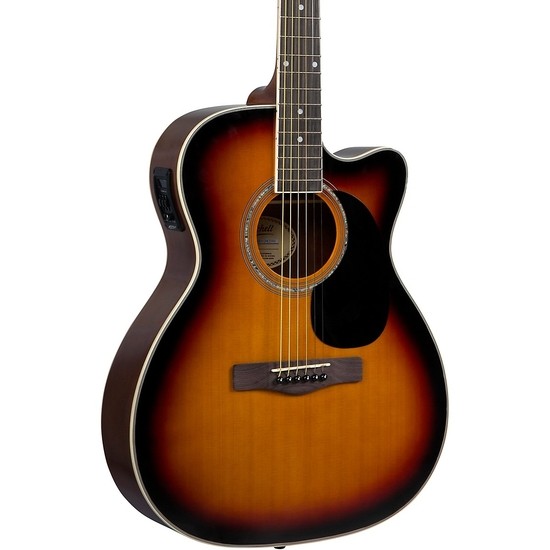Making the leap from “I’m interested in learning the guitar” to “I’m off to shop for a guitar” can be a daunting task. There are so many makes, models and types of guitar on the market, but it is sometimes difficult to see the wood for the trees and hopefully this article will help to guide you and make the journey as easy as possible.If you want to learn about how electric guitars are made and it’s parts, you can even purchase DIY kits online. Refer to MusicCritic for guitars you can assemble yourself.

For the purposes of this article we’re going to assume you are not a child. If you are under 10 the only choice that makes sense is an acoustic guitar with nylon strings that are less tough on the fingers and for young kids under 6 a ukulele can be a great starter weapon! For top recommendations on the best acoustic guitar, read on to find out what some of the important specs are
Price range
As in most things in life, your range of options will be dictated in the first instance by your budget. To simplify things (and yes it is a big simplification) this is a rough guide to guitar pricing.
Budget: £100-£300
Mid-range £300-£800
Professional £800-£2000
There is absolutely no need to go beyond mid-range when choosing your first guitar, so focus on the best budget guitar you can afford or a higher quality mid-range model that may end up saving you money in the long term as it will be more ‘future proof.’
Electric or acoustic
Your next big decision will be whether you want to learn on an acoustic or electric guitar. Paul from Select Recording Studios in London says “Everyone from younger readers to jaded old rockers alike will often be tempted to go for an electric guitar to learn on”, but is it always the right choice? Let’s take a look at the arguments.
Electric guitars can feel easier to play
This is true. Electric guitar strings are thinner and a little more forgiving. The neck is also typically smaller and easier to get your hand around. These little things can make a big difference when learning. As a counter-argument, the electric guitar is invariably a heavier instrument and needs to be plugged in (you can use headphones of course, to avoid arguments in the home) to achieve a satisfactory sound.
Is feeling easier to handle the same as easier to play?
Not necessarily. The acoustic guitar has an immediacy and accessibility to it that its electric counterpart lacks. All you need to play an acoustic guitar is the guitar and a pick. No amp, no leads, no headphones. In the end, the choice should probably come down to what style of music you want to play, once you’ve learned. There’s no use learning on an electric guitar (and buying one) if you want to emulate the great Spanish guitarist Rodrigo and equally, there’d be little point buying an acoustic guitar if you want to form a thrash metal band.
Specific Recommendations
Acoustic
If you’re on a reasonably tight mid-range budget then you literally cannot go wrong with the Washburn Woodline 10 Series WLO12SE. It looks and feels a lot more expensive and is very beginner friendly.
Electric
If you want an electric guitar and are a metal aficionado, then look no further than Ibanez. There are a great variety of excellent budget to mid-range options and the Ibanez RG421-MOL Mahogany Oil not only looks killer, but is an absolute steal.
